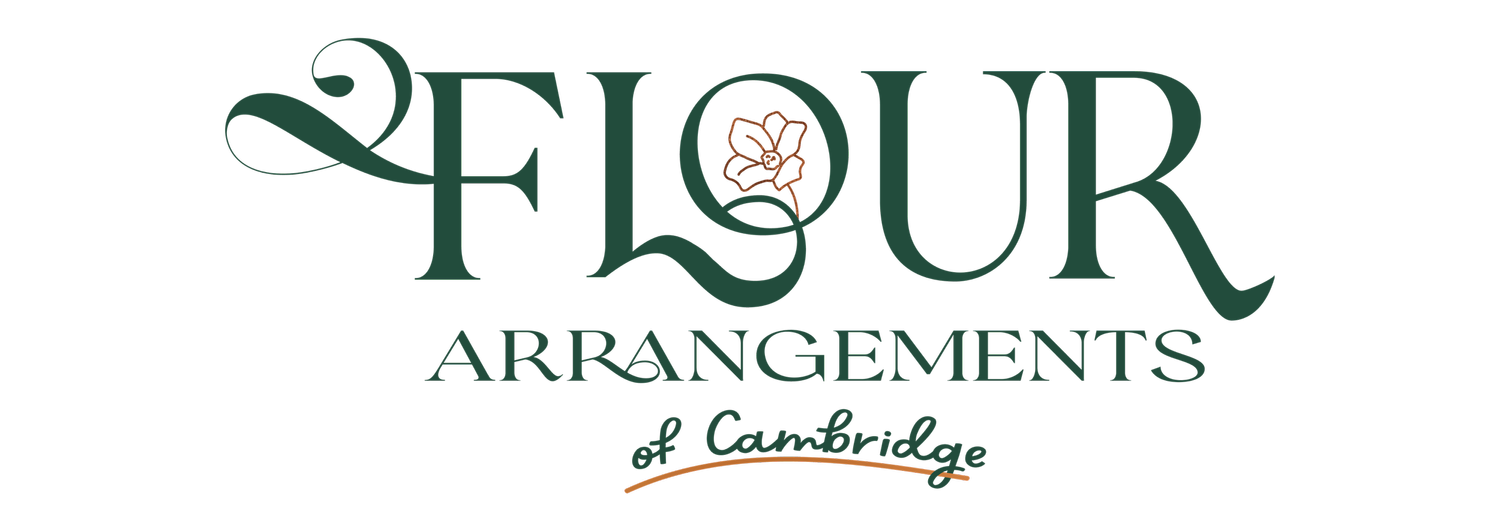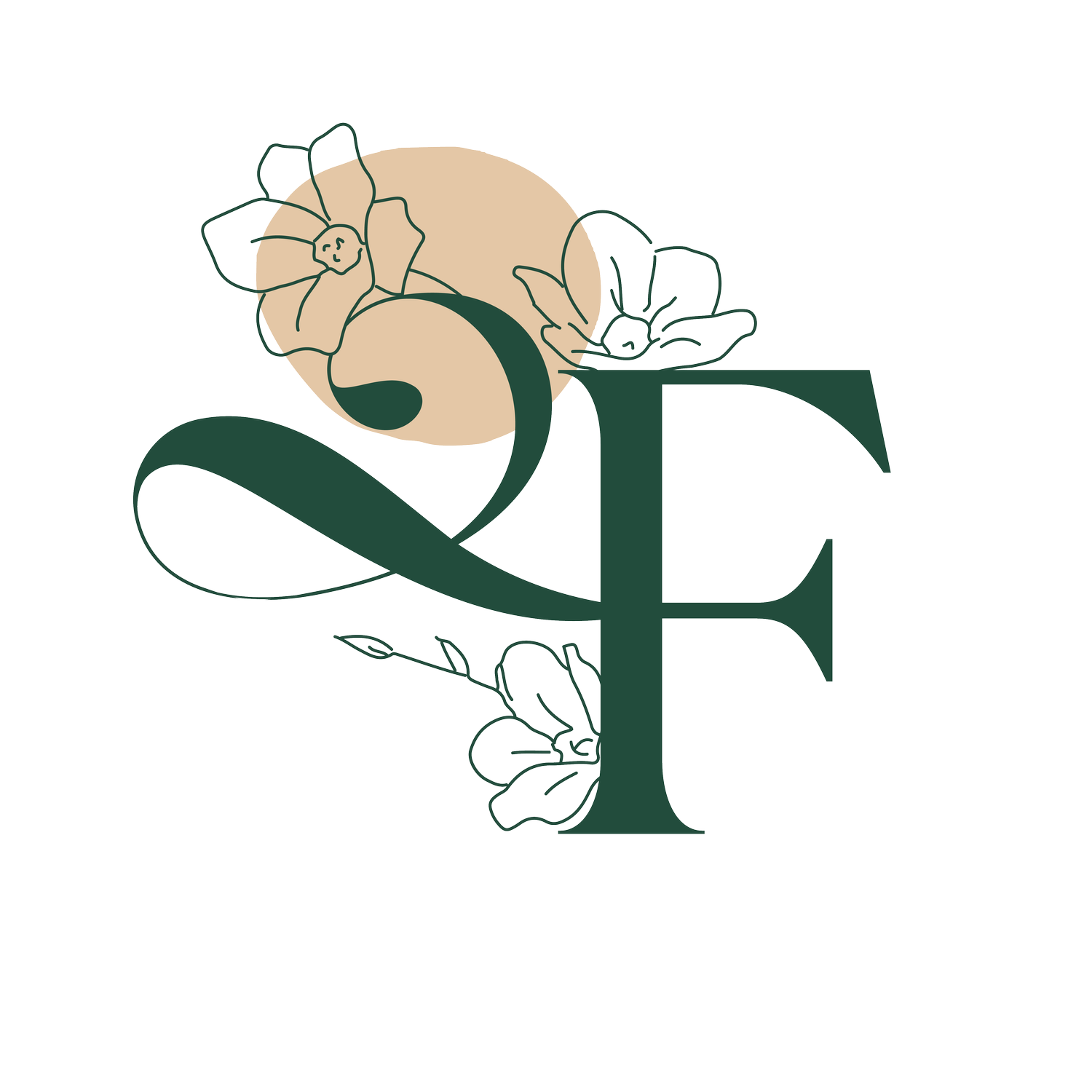Business Bakers: Layers and tiers and portions, oh my!
What’s in a name?
Well, quite a lot actually. In the cake world, many people get confused by what a layer is and what a tier is. I’ve seen just as many bakers as clients getting them the wrong way round, and it’s crucial to know what they are for pricing a cake, as well as getting the right amount of cake for your event!
Tiers vs layers - the basics
The lovely wintery cake here (anyone else feeling the cold or just me?) is a 3 tier cake.
Each tier consists of 4 layers of cake (stacked with 3 layers of buttercream between them), but they’re hidden under all the flowers!
Tiers are the bits you can see and count*, layers are the internal tasty bits.
*if you have a semi-naked or naked cake, take this advice with a pinch of salt ;-)
How many portions can I get from each tier?
Well, how big are you cutting your slices? While most people will cut a party cake in wedges like a pizza, the most efficient and repeatable way to get a set number of portions is to cut squares or rectangles. These are often known as finger or coffee portions (usually 1” x 1” x height of your tier), or larger dessert or party portions (usually 2” x 2” x height of your tier).
I base my portion guides on finger slices, as most people find that 1” x 1" x 6” cake is plenty, particularly at a wedding (and especially if there are different flavours in various tiers they want to sample!).
Some bakers offer the choice of 3- or 4-layer cakes to increase the number of portions. When the taller option is chosen, this is achieved by cutting the (usually) party slices in half horizontally for a shorter slice. If you’re a baker reading this, I’d honestly recommend having a standard number of layers for your tiers (e.g. all mine are 4 layers; about 6” high). Having to calculate different costs for all the different combinations of layers and tiers takes time and effort, can be confusing for your clients, and having a standardised height can help you with your brand, and look and feel!
Once you have standardised heights, you can easily come up with a personalised cutting and portion guide if you’re handy with maths and sketching, or find one that suits you online (I like this one!). If you want to offer tall cakes, you can offer a double-barrelled tier (i.e. double the usual amount of layers in one tier) for double the portions. Simple maths, and not much more effort to work out the extra cost involved (as you’ll want to add dowels and a cake board!).
How to price your tiers
In Facebook pricing groups, one of the most common things I find myself writing is:
Well, how tall are your layers?
There is no industry standard for how tall a “layer” is. Asking how much a cake should cost based on it being a 6” round and 4 layers tall could be anything from £75 upward to me.
How do I know that? My layers are approximately 1” tall each, and when the four layers are assembled, each tier is about 6” high. I’ve worked out my costs based on enough ingredients to bake these layers, and the time needed to put them together for each diameter of cake I offer.
However, plenty of other bakers do 3 layer cakes, with their layers being 2” tall or even higher! I don’t know how long it takes them to bake the 3 layers, or how much their ingredients cost, so I can’t give an accurate price. Some bakers do extra tall cakes or double barrel, some do shorter tiers for a contrast in a large wedding cake… It’s all so variable!
But! If you know you make 12” tall cakes (and, if you do, wow!), I can give you a rough price, based on it being twice the height of mine.
If you’re asking on a pricing group for advice, please give the height of the tier(s) rather than the number of layers!
How tall are your tiers? Do you offer different heights? Do you struggle to cost them? Let me know below!



